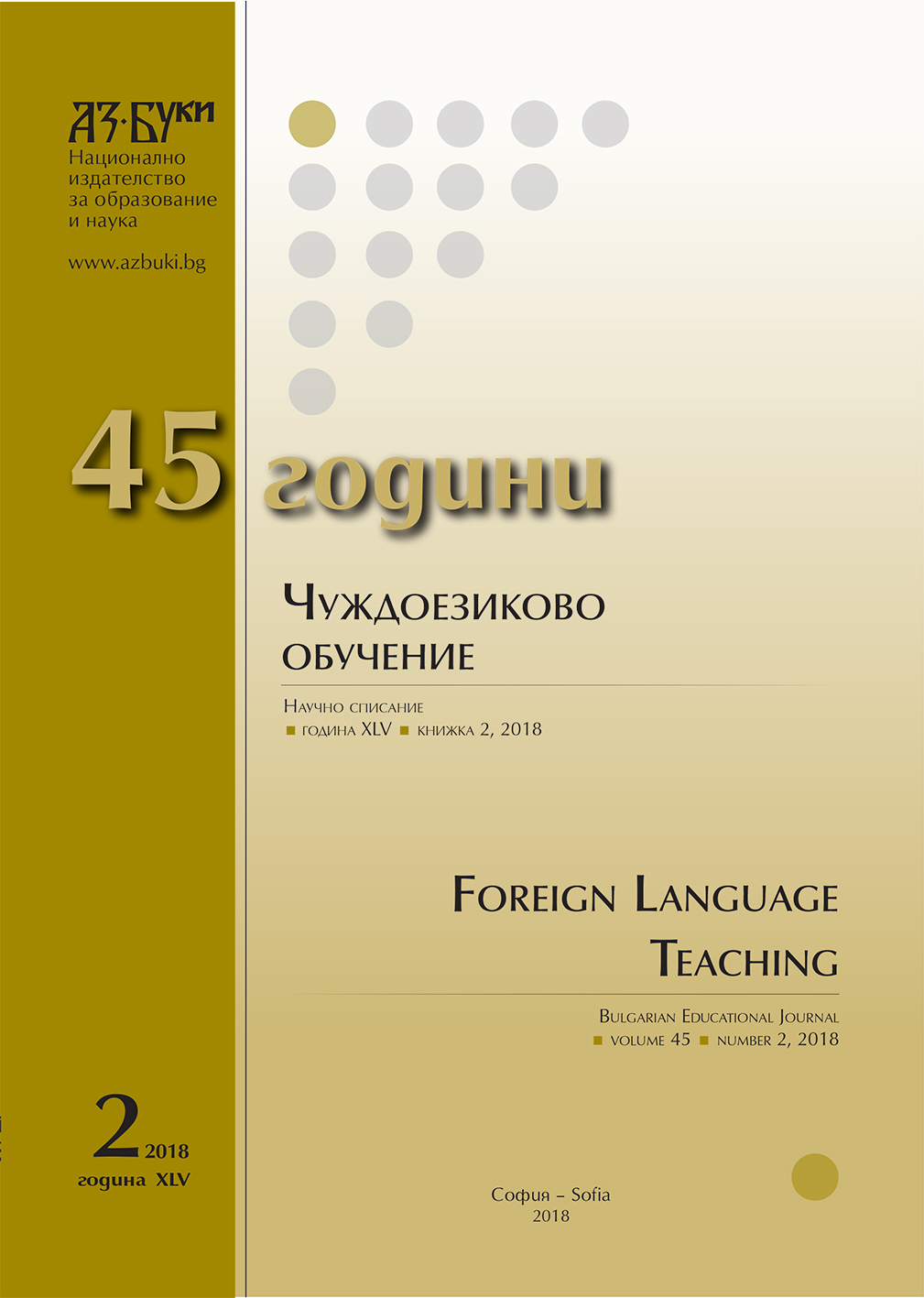
We kindly inform you that, as long as the subject affiliation of our 300.000+ articles is in progress, you might get unsufficient or no results on your third level or second level search. In this case, please broaden your search criteria.



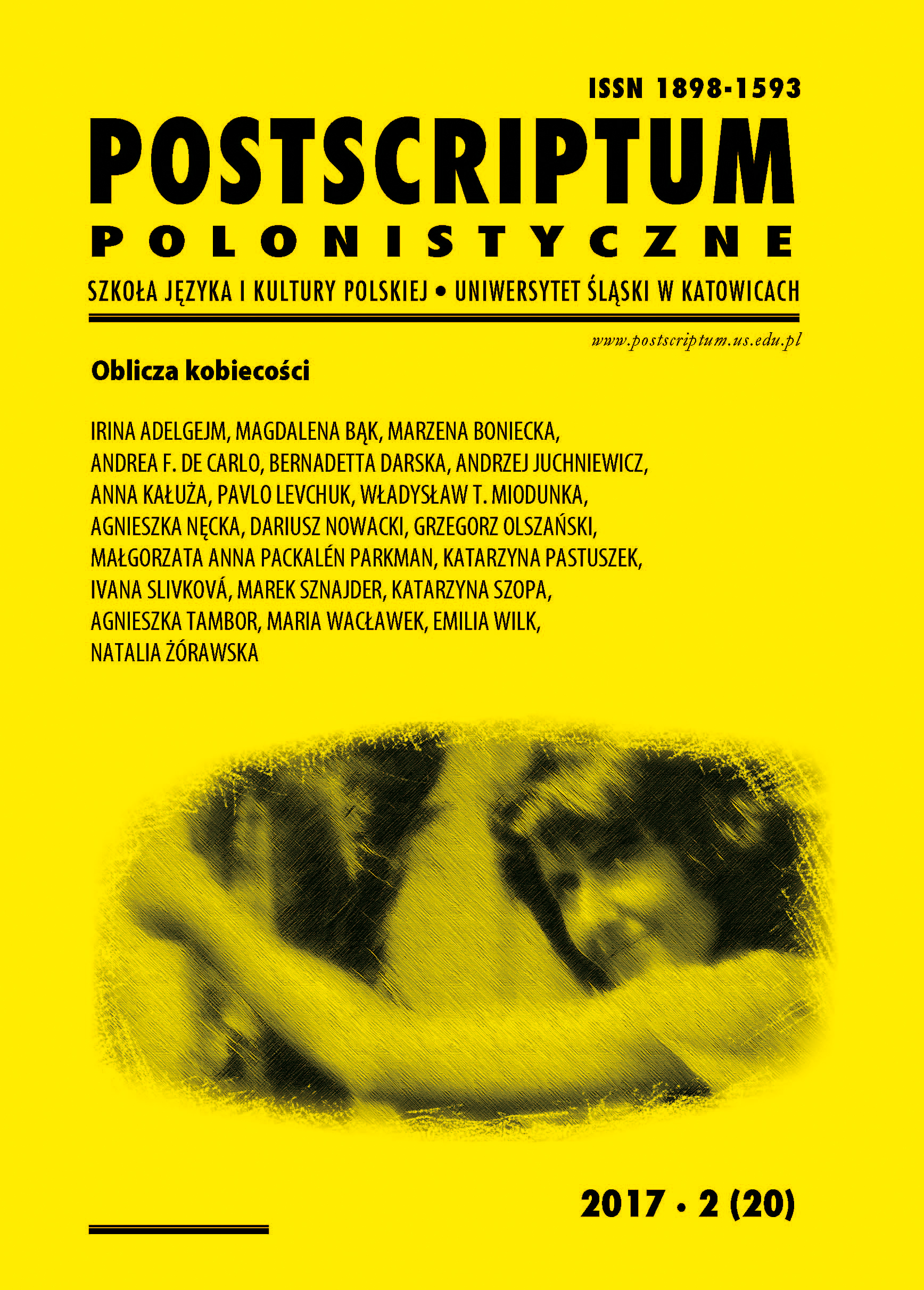
The article presents the evolution of the heroes in Polish cinema after the Second World War, as well as while showing the characters that influenced the social awareness of Poles, it reveals those which have been created in response to the social needs. Although the Polish postwar cinema for decades used to be exclusively masculine, lately this tendency changed, and thus for, the author shows that the features and attributes of male characters have been transferred to the female characters by the scenarists and film directors.
More...
The article aims at presenting part of the research that has been done on the stereotypes of a ‘girlfriend’ (Polish: ‘dziewczyna’). The research is based on letters published in Polish magazines for teenagers at the end of the communist regime and in the first decades of the 21st century. Partner profiling is an important element of the reconstructed stereotype. The description follows analysis of the traditional image of a female partner, which is based on an analysis of Polish proverbs. The research reveals many elements typical of the traditional model, especially the culturally accepted passive attitude of girls (especially in the Polish People’s Republic period). Modification of the model appears in a later period: freedom of customs, sexual awareness, and behaviour that is more liberated (based on letters written from the beginning of the 21st century).
More...
The article discusses the problem of objectivity in humanistic (literary) research methodology. A starting point is Thomas Khun’s question concerning conditions that would initiate a paradigm. The author of the article refers to considerations on the influence of bodily integrity (attributes and modes of ‘the matter’) and on human thinking (on what can be logically thought). The author follows the path of logic investigations that lead to the concept of experimental literary criticism (three-dimensional reading of the texts), which is closely connected with the recently forgotten idea of truth, as defined by Charles Sanders Peirce.
More...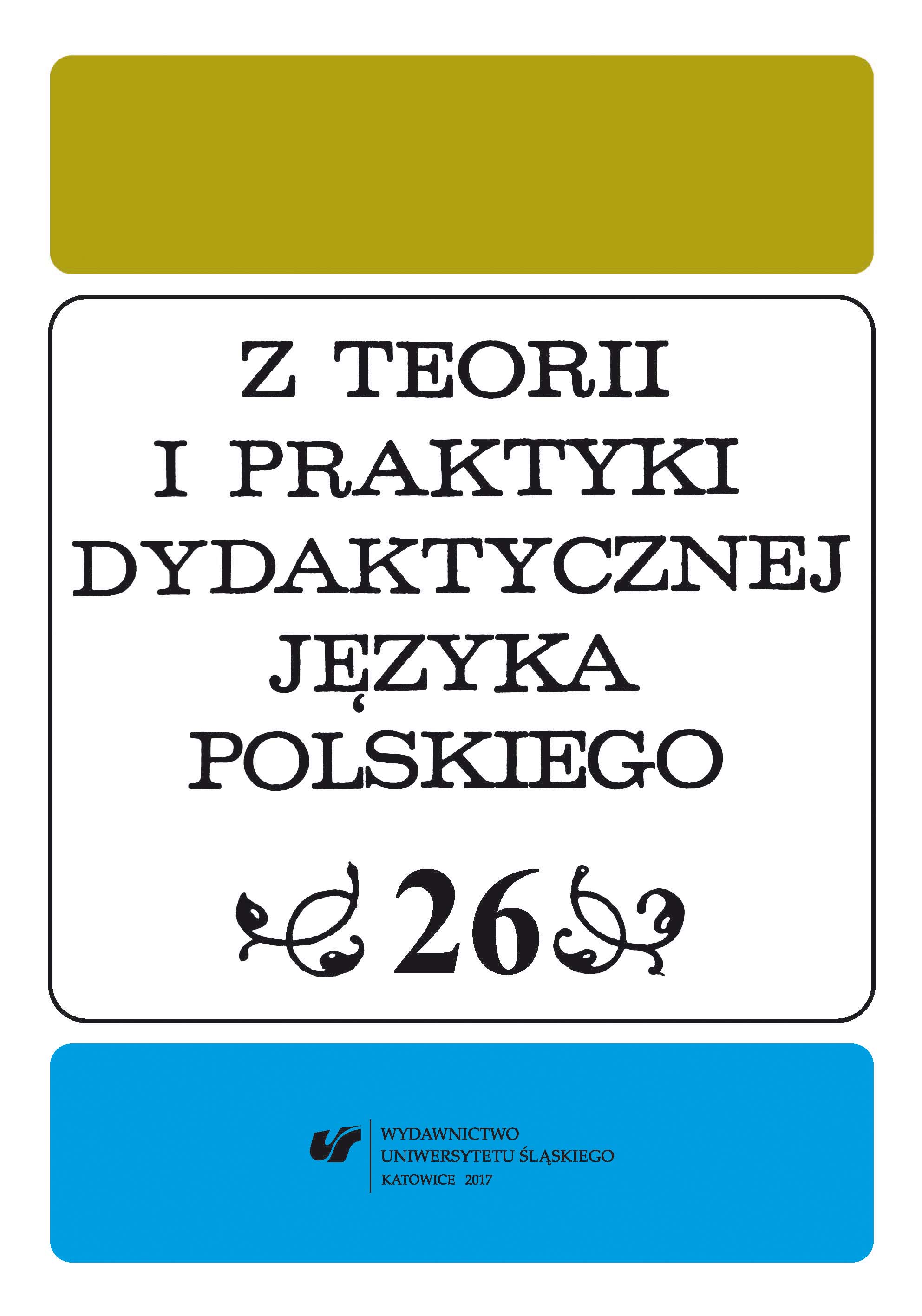
The article is aimed at answering the question of how to teach the idea of multiculturalism in the Polish language lesson, by using recent prose. It comprises a short review of school set books obligatory at the second stage of education, in accordance with the proposed reform of education. The author describes her teaching experience and evokes student ideas for Polish language education that is intended to: stigmatize the phenomenon of hate speech, stimulate the attitude of curiosity and openness of the student to what is different, and to discuss human behaviour towards refugees.
More...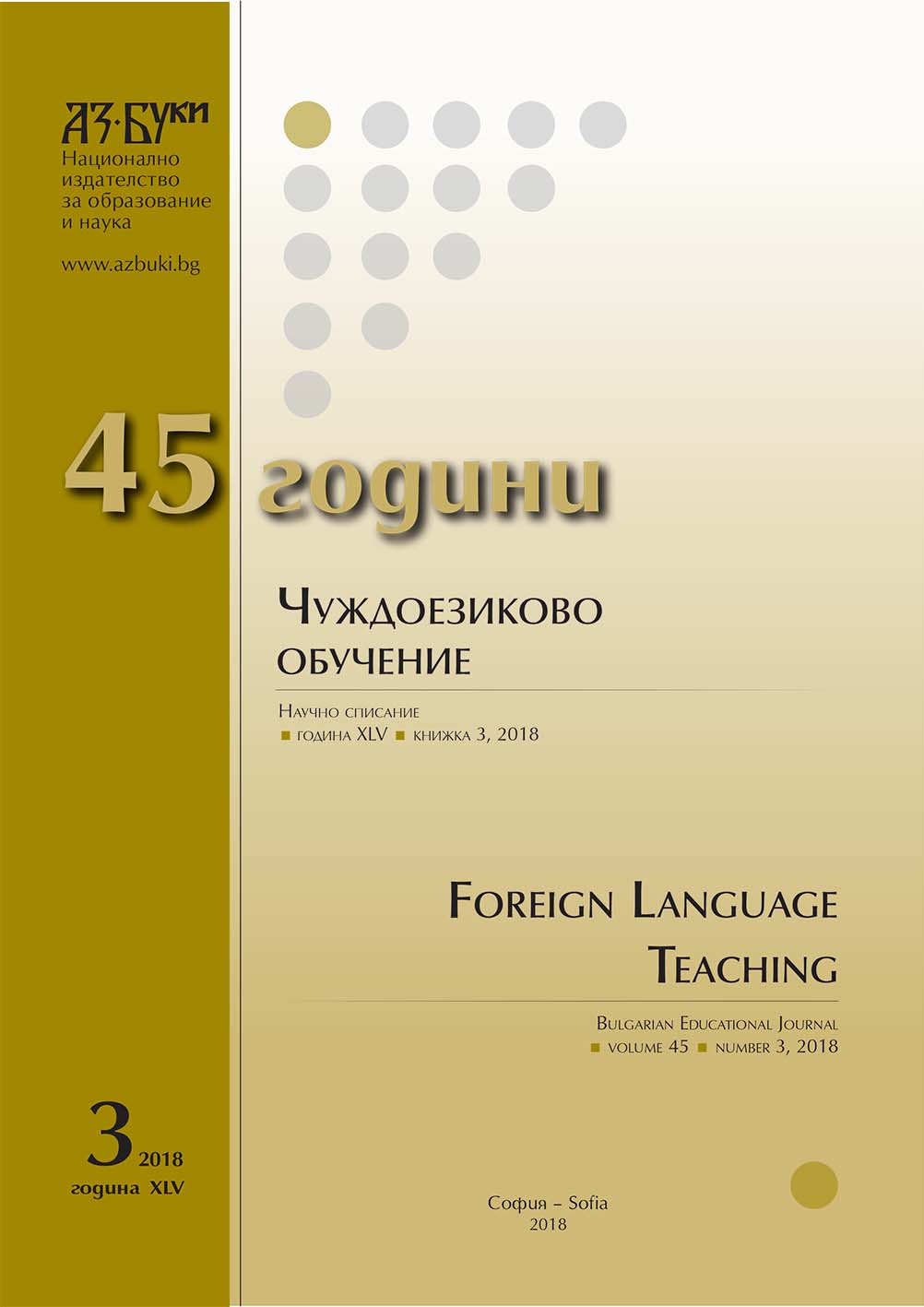
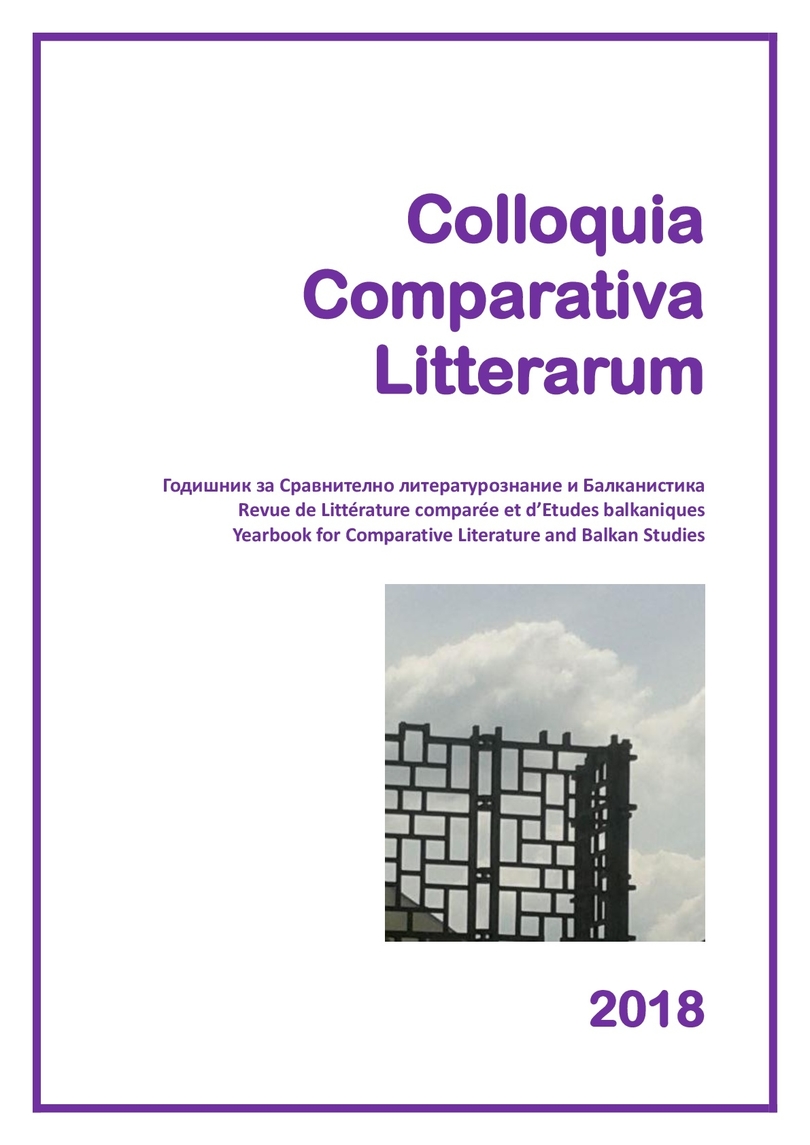
The paper examines Petko Todorov’s five symbolist plays (Masons, Strahil the Redoubtable Haidout, The Fairy, Bride Boryana, and Dragon’s Wedding) from the perspective of European symbolist drama to emphasize their common aesthetic principles and their specific originality. The comparative analysis thus defined leads to the conclusion that Petko Todorov’s works follows the structural principles of Symbolist drama yet they have their own specifics. The unconventional structure of the dramatic action and dialogue; the wide use of music and painting in the staging of the plays as well as their new genre form make Todorov’s works akin to the francophone Symbolist model. On the other hand, the moral dimension and the pervading national atmosphere in the Bulgarian dramas betray their indebtedness to the Russian Symbolist drama. Finally, the de-valorisation of the fantastic characters and the playing down of Romantic and realistic elements in Petko Todorov’s dramas are totally unknown to the European Symbolist theatre. In this way, Petko Todorov’s dramas are a peculiar combination of Symbolist poetics and influences of the Bulgarian national context. They follow their own development and contribute hereby to the specific evolution of the Bulgarian modernist theatre.
More...
The paper outlines some of the challenges translation training at university level is faced with, drawing on examples from the Scandinavian Studies Programme of Sofia University St. Kliment Ohridski whose model of literary translation training has already yielded some impressive results. The boom of translations of fiction from the Nordic languages in the last decades, however, calls for streamlining literary translation curriculum to tackle both specific problems of foreign language teaching at the Programme (related mainly to acquiring several Nordic languages simultaneously) and more general ones – the deteriorating command of the Bulgarian language among students and the lack of motivation for upholding the traditionally very high standards for rendering a foreign work of fiction into Bulgarian.
More...
Due to the existence of an endless number of prejudices among Bulgarian intellectuals coupled with the paranoia that Bulgaria and its writers are being intentionally neglected by the world at large, the author of this article reveals the most influential factors that contribute to literary success, or failure thereof, among German-speaking readers and literary critics. He concludes that contemporary Bulgarian writers are inclined to either follow the Anglo-American pattern of fiction writing, or focus on their domestic cultural tradition, thus paying no attention to the universal human qualities and patterns of behaviour that would enable readers all over the world to indetify with their works. Toward its end, the paper points out a few specifics of Milena Kirova’s History of Bulgarian literature that have rendered the volume (in its German translation) valuable to the German-speaking audience.
More...
The paper is devoted to analysis of the work by Bishop Anastasius (Professor A.I. Aleksandrov), the rector of the Kazan and St. Petersburg theological academies and the Dean of the Historical Philological Department of the Kazan Imperial University during the second half of the 19th – early 20th century, “In Memory of Mikhail Lomonosov, the Father of Russian Science and the Divinely Inspired Psalmist” based on the speech of A.I. Aleksandrov at the solemn meeting of the Kazan Theological Academy on November 7, 1911, on the 200th anniversary of birth of M.V. Lomonosov. M.V. Lomonosov’s linguistic findings still need further investigation, as well as A.I. Aleksandrov’s works. This defines the novelty and relevance of this study. The purpose of this paper is to trace M.V. Lomonosov’s contribution to the development of Russian linguistics as understood by A.I. Aleksandrov and to identify the features of A.I. Aleksandrov’s worldview. As a result of the study, the following conclusions have been made. Though the analysis of scientific and spiritual activity of M.V. Lomonosov, A.I. Aleksandrov showed that M.V. Lomonosov, as a brilliant linguist, is the creator of fine literature, including religious lyrics: versifications of nine pslams (1, 14, 26, 34, 70, 103, 116, 143, 145) of the Old Testament, odes from the Book of Job, and, in addition, two reflections on the Majesty of the God. The religious views of M.V. Lomonosov are associated by A.I. Aleksandrov with the faith of the poet in the “providential Hand” of the God and His mercy. According to A.I. Aleksandrov, M.V. Lomonosov’s poems is an evidence of the friendly union between faith and reason, as well as a reminder of the time in the history of Russian society when secular and spiritual science were indivisible, in contrast to the society. A.I. Aleksandrov explored carefully M.V. Lomonosov’s scientific works and demonstrated the specifics of his own worldview consisting in accepting the unity of secular and religious studies, which was characteristic of the Kazan Linguistic School during that period.
More...
The article constitutes a discussion of the issue of Polish young‑adult literature. It presents an outline of the evolution of this type of texts and indicates their most important characteristics, while confronting different ways of interpreting the English‑language definition. It also aims at determining the elements typical of foreign youth literature bestsellers in the works by Polish authors, which results in is an indication of the main problems of domestic literaturę and a suggestion for a practical use of the new concept of young adult in pedagogical practice and the promotion of reading.
More...
“The letters from under the mulberry” and „The letters from my Rome” by Gustaw Morcinek constitute a kind of record of the writer’s life experiences. They are characterized by a specific genre duality — they are both a document and a literary work. A significantly exceptional meaning of the letters by the Silesian writer results from their therapeutic character. The author of the article shows how the letters by Morcinek may be used in school teaching. According to her, reflections upon the letters may be a great way to make students aware of the universality of certain problems and values. This is an interesting and informative reading for school children.
More...
The article features ten selected Silesian poetic anthologies (of thematic and review types). The author draws attention to the various functions of the analyzed publications (pointing to the transformation of the ‘Silesian theme’, historical testimony, presentation of the environment, discussion about the region, shaping the local canon), and thus shows how to use the analyzed publications in regional education at the school and academic level.
More...
The article deals with the correspondence of arts in the poems by Wacław Oszajca. The reading of two texts: „the two from the painting by Delacroix” and „La Cene — Salvador Dali” allows determining how the poet utilizes the painting material, and discussing the role of these references. The poet does not focus his attention merely on the pictorial creations of the masters — the paintings allow him to reveal a different dimension of human existence, i.e. a religious experience.
More...
The study presents, with the methodology of the linguistic image of the world, a fantastic bird, the hero of the story entitled „Dzień dobry, Eugeniuszu” („Good morning, Eugeniusz”) by Agnieszka Osiecka. This creature consists of the components of the linguistic image of the bird (in Polish language). The analysis of the text and the facet of the linguistic image of the bird indicate that the fantastic creature is firmly set in the linguistic conceptualization of the animal. Eugeniusz bird ‘comprises’ both components included in the domains of the prototype bird, as well as the connotations associated with this concept, which are related to man.
More...
In their article, the authors refer to the works for children by Joanna Kulmowa. They analyze dozens of her poems with ornithological themes. They focus on the ways the author verbalizes and creates various components of the bird world captured in the poetry by Kulmowa: the environment in which birds live, their behaviour, appearance and relationships with people, various forms of their activity in various situations: during the flight, while looking for food, building the nest, their morning toilet and play. They draw attention to the children’s perspective of the observations made by the author, the aesthetic value and also the cognitive value of the analyzed works.
More...
The article presents the fixed image of the homeland conveyed by handbooks of Georgian language and Georgian literature. Issues underscored by the author are the manner of understanding their homeland by the Georgian nationals (particular components of the homeland image), the degree of importance thereof, and the concepts of perpetuating identity. Also, synonyms and phrases associated with homeland were discussed.
More...
This article is an attempt to compare Polish and Georgian language of courtesy illustrated with the example of greetings. The mentioned formulas are an excellent material for this type of analysis due to the commonness of their usage. The work focuses mainly on the interpretation of the most commonly used locutions. It points to the problems that may be encountered by their users while in mutual interactions, all the more since in the studied languages there are significant differences conditioned historically and culturally, which was attempted to be shown in this study.
More...